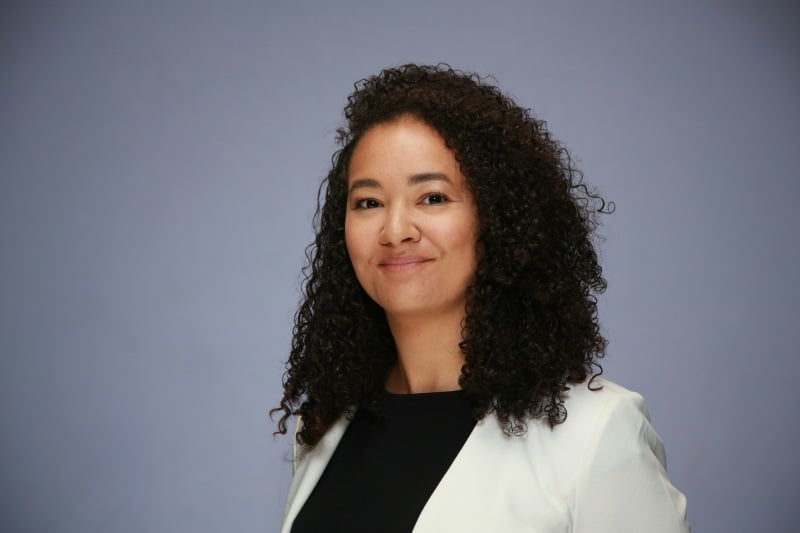Request a demo specialized to your need.
Clinical trial financial management is often viewed as a necessary administrative function, but in today’s complex and fast-paced research environment, it has evolved into a critical strategic discipline. From the initial planning stages to the final trial closeout, effective financial oversight ensures that resources are allocated efficiently, compliance is maintained, and sponsor-CRO relationships are strengthened. This article explores the full lifecycle of clinical trial financial management and how life sciences organizations can master each phase for greater transparency, control, and trial success.
I. The Foundation: Strategic Budget Planning
Clinical trial success begins with accurate and comprehensive budgeting. This is not merely a cost estimation exercise, but a forward-looking strategy that anticipates risks, aligns resources, and sets performance benchmarks.
Key Considerations:
-
Protocol Complexity: Budgeting must consider the number of sites, patient enrollment targets, visit schedules, diagnostic procedures, and geographic distribution.
-
Historical Benchmarks and Feasibility Data: Leveraging historical cost data and feasibility studies ensures realistic financial expectations.
-
Contingency Planning: A well-structured budget should also account for risks like recruitment delays, protocol amendments, or additional data queries.
Smart sponsors integrate digital budgeting tools early in the planning process, enabling dynamic modeling and scenario planning to support better investment decisions.
II. Contract Negotiation and Site Budget Harmonization
Once internal budgeting is complete, the next phase involves aligning financial terms with external stakeholders, primarily CROs, vendors, and investigative sites.
Focus Areas:
-
Fair Market Value (FMV) Alignment: Ensuring that site payments reflect fair market rates for services rendered builds trust and accelerates site onboarding.
-
Milestone-Based Payments: Structuring contracts around deliverables—like first patient in (FPI), database lock, and interim analyses—ensures financial accountability.
-
Negotiation Efficiency: Contract templates and centralized workflows help streamline negotiations while preserving the integrity of financial agreements.
Modern clinical trial financial systems often integrate contract negotiation modules with budgeting tools to ensure real-time visibility and version control.
III. Ongoing Financial Tracking and Variance Management
As trials commence, real-time tracking of actual vs. forecasted spending becomes vital to ensure the study remains on budget.
Key Practices:
-
Centralized Financial Dashboards: Real-time dashboards consolidate data from CROs, finance teams, and sites to provide a unified view of financial health.
-
Variance Analysis: Automated alerts on budget deviations allow for quick course corrections and improve sponsor oversight.
-
Adaptive Reforecasting: Dynamic trials require adaptive budgets that can evolve with protocol amendments, site performance shifts, or patient dropout rates.
AI-driven forecasting tools are increasingly being used to identify trends and alert finance teams to budget anomalies before they escalate.
IV. Site Payments and Financial Compliance
Timely and transparent payments to investigative sites are not just good practice—they’re critical to site retention and regulatory compliance.
Components of Efficient Site Payments:
-
Payment Triggers Linked to EDC/CTMS: Automating payments based on completed milestones in CTMS or EDC systems eliminates delays and manual errors.
-
Country-Specific Compliance: Payment workflows must accommodate local tax laws, currency conversions, and financial reporting requirements.
-
Audit Trails and Transparency: Robust documentation of payment approvals and disbursements supports audit readiness and strengthens trust with sites.
Cloud-based financial management solutions provide global visibility while ensuring compliance with local regulations.
V. Reconciliation and Closeout: Ensuring Financial Accuracy
As trials conclude, final reconciliation is a critical step to ensure accuracy, compliance, and close the financial loop.
Closeout Best Practices:
-
Final Payment Audits: Reviewing all financial transactions, milestone completions, and pending invoices ensures that no discrepancies remain.
-
CRO and Vendor Closeout Meetings: Aligning on final deliverables, costs, and any remaining obligations reduces the risk of financial disputes.
-
Regulatory and Internal Reporting: Generating comprehensive financial summaries and variance reports is essential for regulatory submissions and internal learnings.
The financial closeout process sets the stage for financial benchmarking and planning for future trials.
VI. The Role of Unified Financial Management Platforms
Disconnected systems and manual spreadsheets are no longer sustainable. Sponsors are increasingly adopting integrated clinical trial financial management systems that bring budgeting, contracting, payment processing, and reporting into a unified ecosystem.
Benefits of Unified Platforms:
-
Single Source of Truth: Real-time integration with CTMS, eTMF, and EDC systems creates a consistent and centralized financial view.
-
Improved Decision-Making: Dashboards and analytics provide the insights needed to make proactive budget and payment decisions.
-
Efficiency and Compliance: Automation reduces manual workload while improving audit readiness and financial compliance.
Platforms like Cloudbyz Clinical Trial Financial Management (CTFM)—natively built on Salesforce—enable process-level unification, robust automation, and scalability across global studies.
VII. Conclusion: Financial Management as a Strategic Enabler
In an environment of rising R&D costs, compressed timelines, and increased scrutiny, clinical trial financial management is no longer a back-office function. It’s a strategic enabler of success. By mastering each phase of the financial lifecycle—from budgeting to reconciliation—sponsors can drive efficiency, build trust with sites and CROs, and ensure long-term sustainability.
Those who invest in unified, digital financial platforms will not only save costs but also accelerate trial execution and enhance stakeholder collaboration—ultimately bringing therapies to patients faster and more effectively.
Recommended Next Steps:
-
Audit your current financial workflows and identify areas with manual gaps or delays.
-
Invest in a unified financial management platform integrated with your eClinical ecosystem.
-
Align finance, operations, and procurement teams on shared KPIs for trial financial performance.
Subscribe to our Newsletter

